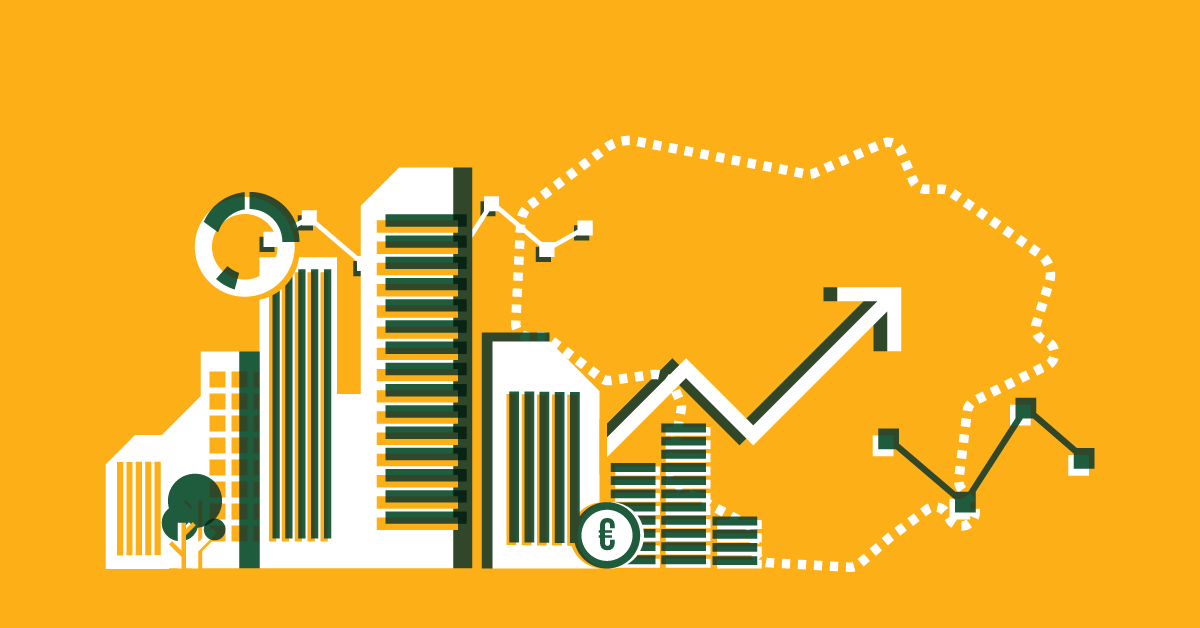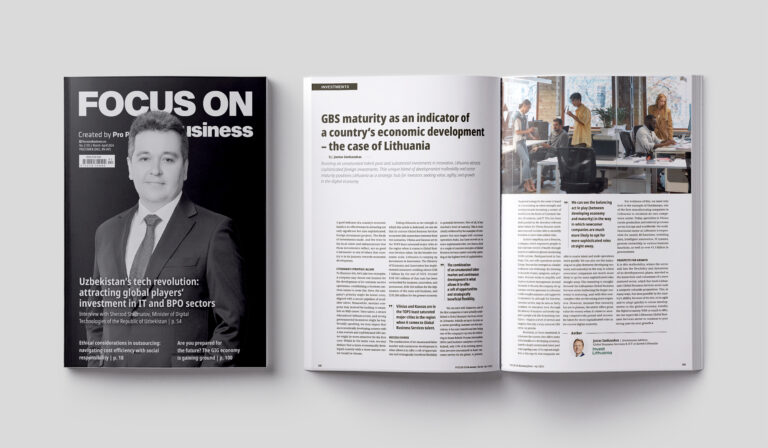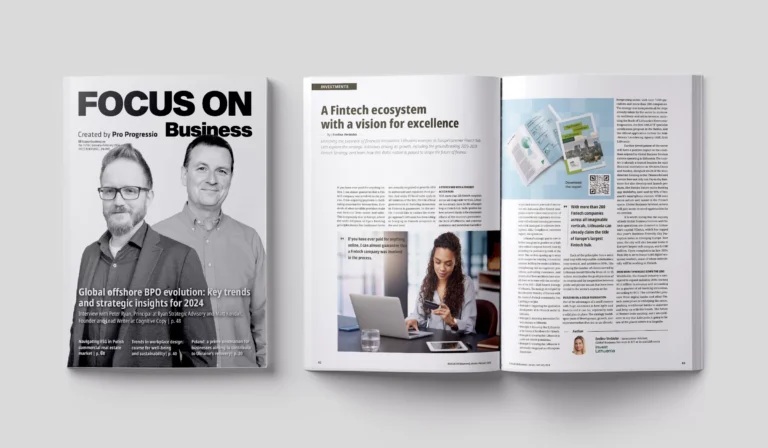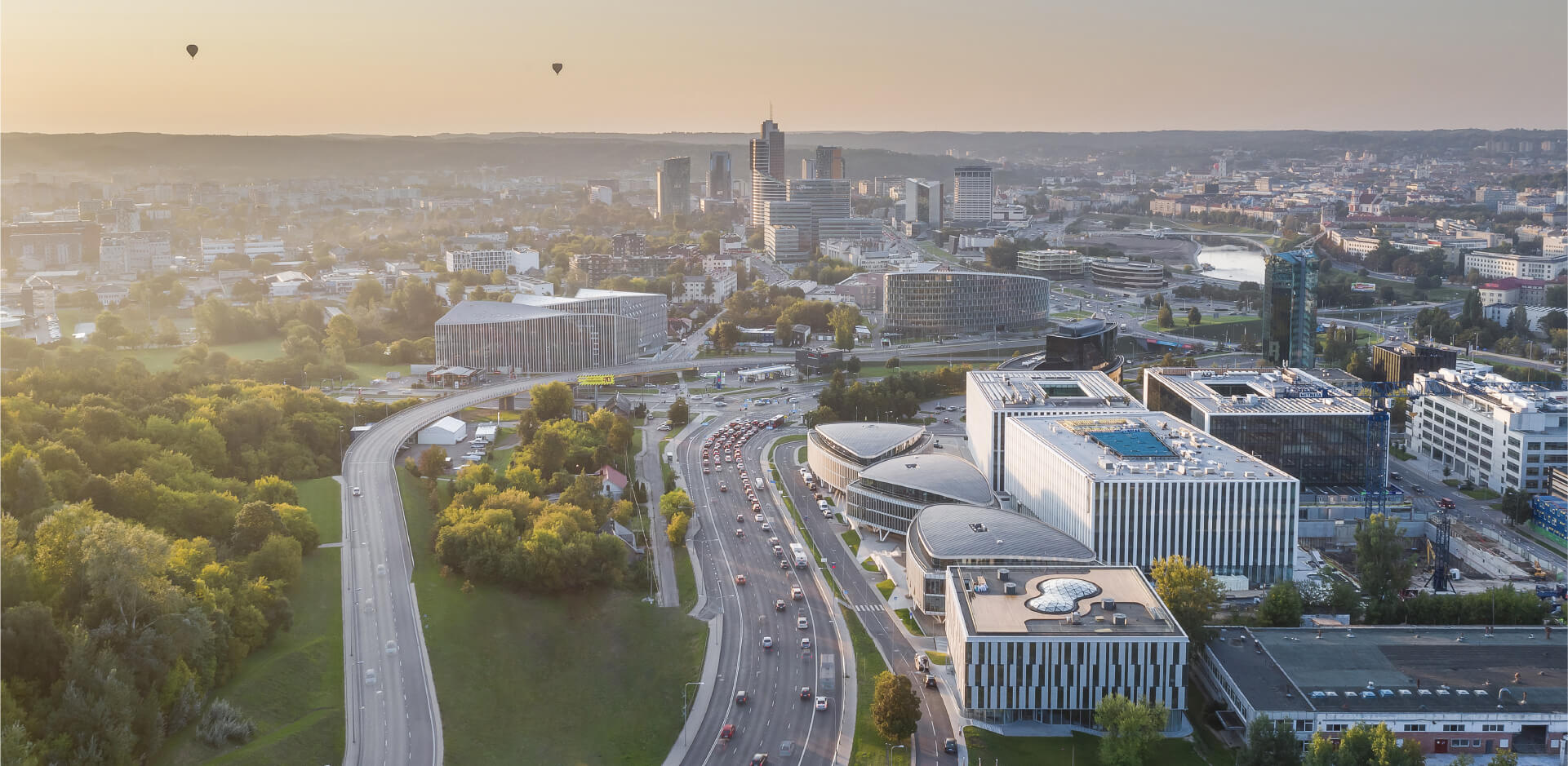Lithuania still leads the Central and Eastern Europe region for per capita foreign direct investment (FDI) according to the latest data from fDi Markets, a database run by the Financial Times. Last year Lithuania attracted 16.8 FDI projects per one million inhabitants, ranking it first in the region and 5th in the EU. Analysts at the agency Invest Lithuania state that Lithuania’s attraction rate was over two and a half times higher than the average for the CEE region and 2.2 times above the EU average.
The country’s Economy Minister, Evaldas Gustas, pointed out that the increase in quantity of FDI has been coupled with a qualitative shift, with more jobs created beyond Lithuania’s main economic centres. “Analysis of FDI project trends from last year shows not only an increase in the number of FDI projects attracted to Lithuania, but also the very welcome trend that these projects created almost twice as many jobs in the regions as in previous years,” said the Minister. “Moreover, the share of FDI projects in the manufacturing sector increased by 7 percentage points. This is a positive sign, showing that there has been a sustained effort to attract more investors in this area. Of course, this effort will continue.”
The data from fDi Markets, a database for foreign investment monitoring compiled by The Financial Times, shows that after Lithuania, Hungary and the Czech Republic were most successful in investment attraction in CEE, bringing in 9.4 and 8.4 FDI projects respectively per one million inhabitants. Lithuania’s neighbours scored lower in this index, with Estonia on 7.6 projects and Latvia attracting 4.5. The average for the CEE region was 6.5.
Maintaining this strong performance means keeping a sustained focus on education, believes Mantas Katinas, managing director of Invest Lithuania. “For a number of years, low costs were one of the most important advantages countries in the CEE region had to offer,” he explained. “The significance of this advantage, however, has been gradually decreasing, with demand for qualified specialists on the rise. This means that Lithuania should keep focusing on its education system in order to maintain our position as a regional leader and a strong performer in the EU as a whole. We need to keep investigating what kinds of skills and competences will be in demand in the future, and adjust our specialist training programs accordingly.”
More than 1,400 new positions per one million inhabitants will be created in Lithuania thanks to the foreign investment projects the country attracted last year. This figure is more than double the EU average and places the country in eighth place in the EU in this category.
A key sector for job creation in Lithuania last year was shared services, with manufacturing an important focus for the future, says Mr Katinas. “Currently, Lithuania is one of the leading countries in Europe in the shared service market. This is a key strength. Attracting more companies in the manufacturing sector is our challenge going forward. We are focusing on them because such companies usually establish operations beyond the main economic centres of the country and their projects create a lot of new jobs,” stated Mr Katinas.
Analysts at Invest Lithuania expect an 87% increase in job creation from the FDI projects implemented outside the capital, Vilnius, compared to 2014 levels. The data from fDi Markets shows that in 2015 Lithuania attracted 49 FDi projects in total (compared to 44 in 2014), creating 4,187 new jobs. In total, 631 FDi projects were initiated in the CEE region last year.















